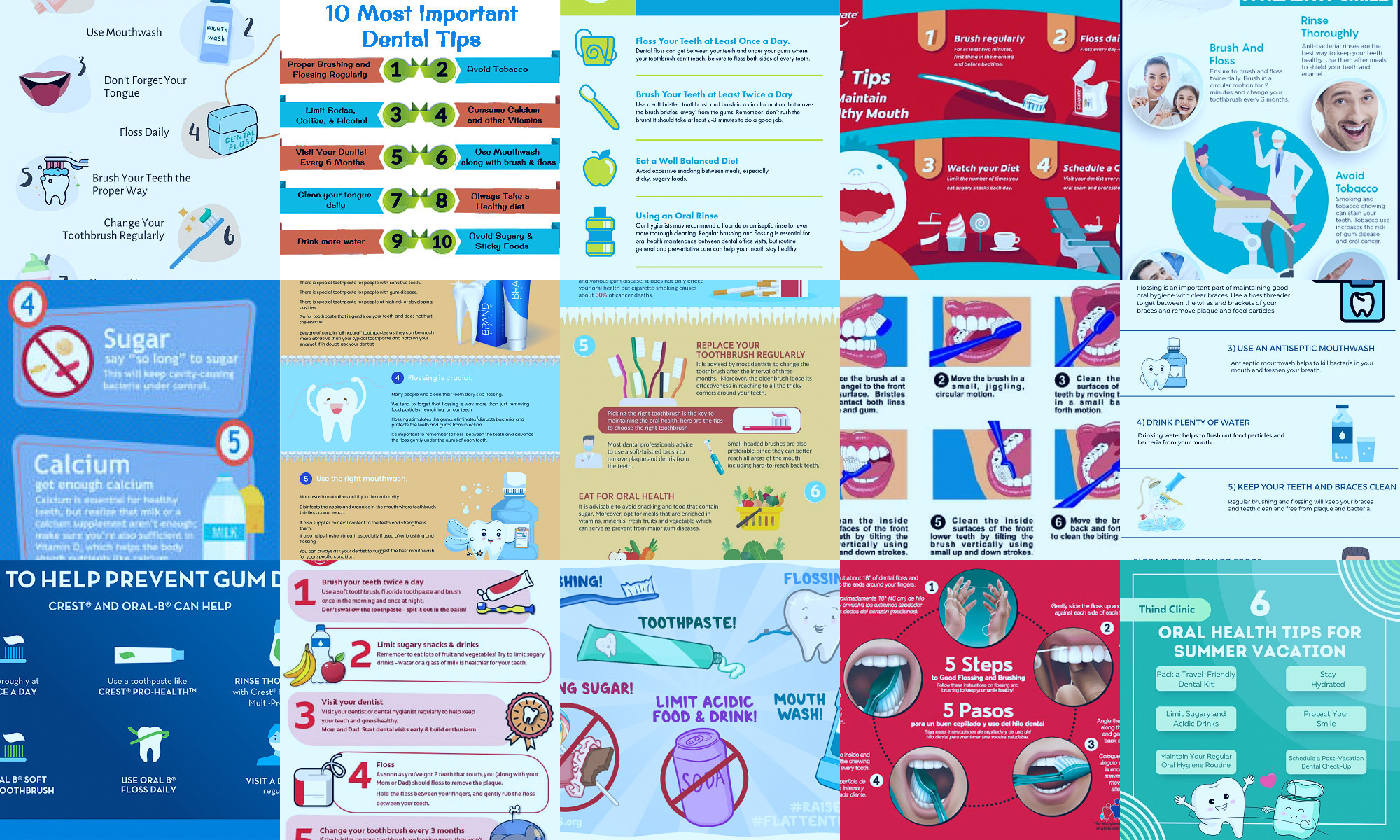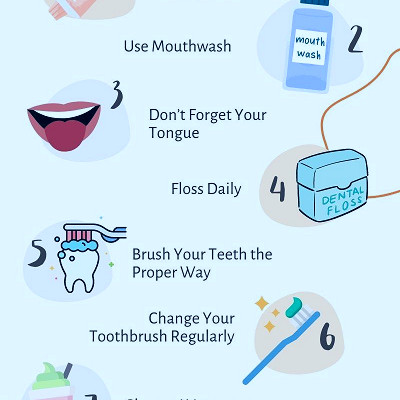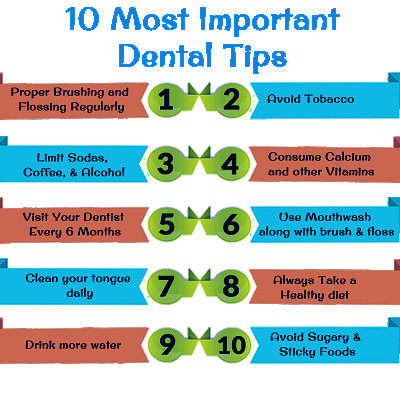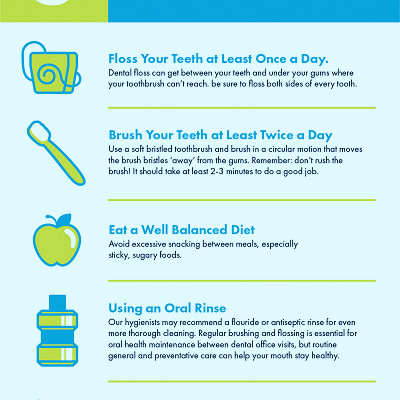 Jarlat Maletych/Shutterstock
Jarlat Maletych/Shutterstock
Features
Understanding the Importance of Oral Health
Oral health is a crucial aspect of overall wellness. Poor oral hygiene can lead to conditions such as gum disease, cavities, and even heart disease. Hence, maintaining good oral health is essential for a healthy lifestyle.
Regular Brushing
Brush your teeth at least twice a day, preferably after meals. Use a toothbrush with soft bristles to avoid damaging your gums and enamel. Replace your toothbrush every three to four months or sooner if the bristles are frayed.
Flossing is Crucial
Flossing removes food particles and plaque from between your teeth and under the gum line, areas where your toothbrush cannot reach. Make flossing a daily habit to prevent gum diseases and cavities.
Use Fluoride Toothpaste
Fluoride strengthens the tooth enamel, making it more resistant to decay. Always choose a toothpaste that contains fluoride.
Limit Sugary Foods and Drinks
Consuming excessive sugar can lead to tooth decay. Try to limit your intake of sugary foods and drinks and rinse your mouth with water after consumption.
Regular Dental Check-ups
Regular dental check-ups and cleanings are essential for maintaining oral health. Professional cleaning removes tartar that might have built up and checks for any early signs of dental problems.
Tongue Cleaning
Don't neglect your tongue. Use a tongue cleaner or your toothbrush to gently clean your tongue every day.
Quit Smoking
Smoking harms your teeth and gums, leading to problems like stained teeth, gum disease, tooth loss, and even oral cancer. Quitting smoking significantly lowers these risks.
Eat a Balanced Diet
A diet rich in vitamins, minerals, and fresh fruits and vegetables can help to prevent gum disease and maintain healthy teeth.
Drink Plenty of Water
Water helps to wash away food particles and keeps your mouth moist. A dry mouth can lead to tooth decay.
Understanding the Role of Saliva
Saliva plays a vital role in maintaining oral health. It helps to neutralize the acids produced by bacteria and wash away dead cells that accumulate on your tongue, gums, and cheeks.
Use Mouthwash
Therapeutic mouthwashes can help reduce plaque, prevent or reduce gingivitis, reduce the speed of tartar development, or a combination of these benefits.
Avoid Using Teeth as Tools
Using your teeth to open packages or bottles can lead to chips and breaks.
Wear a Mouthguard
If you're involved in any sports or activities that might pose a risk to your teeth, consider wearing a mouthguard or full-face helmet.
Limit Alcohol Consumption
Excessive alcohol can erode the enamel on your teeth, leading to cavities and sensitivity.
Opt for Dental Sealants
Dental sealants are a protective coating applied to the back teeth's chewing surfaces. They can significantly reduce the risk of decay in these areas.
Avoid Constant Snacking
Frequent snacking can increase the acid in your mouth that erodes enamel and leads to cavities.
Be Aware of Teeth Grinding
If you're grinding your teeth at night, consider getting a night guard to protect your teeth from wear and tear.
Regularly Replace Your Toothbrush
Old, worn-out toothbrushes are less effective at cleaning your teeth properly.
Consider Fluoride Treatments
If you're at a high risk of caries, consider getting professional fluoride treatments. These can help to harden the enamel on your teeth, making them more resistant to decay.
Interesting notes and facts
1. The Importance of Brushing Twice a Day: Brushing your teeth twice a day, once in the morning and once before bed, is an essential way to ward off cavities and gum disease. Not only does it remove the buildup of plaque, but it also helps to freshen your breath and maintain overall oral health.2. Flossing Is Not Optional: Many people skip flossing, but it is a key complement to brushing. Flossing reaches the crevices between your teeth where a toothbrush can't reach, removing food particles and preventing plaque buildup.
3. Don't Forget Your Tongue: Your tongue can harbor bacteria that contribute to bad breath and plaque buildup. Cleaning your tongue as part of your oral hygiene routine can help keep your mouth healthy.
4. Use Fluoride Toothpaste: Fluoride is a natural mineral that helps to strengthen your tooth enamel and prevent cavities. Make sure your toothpaste contains fluoride for optimal oral health.
5. Lifestyle Factors: Your lifestyle can have a significant impact on your oral health. Smoking, excessive alcohol consumption, and a diet high in sugar can contribute to oral health problems. Maintaining a healthy lifestyle can help keep your teeth and gums healthy.
6. Regular Dental Checkups: Regular dental checkups and cleanings are essential for maintaining oral hygiene. Your dentist can detect early signs of gum disease, cavities, and other oral health problems before they become serious.
7. Hydrate, Hydrate, Hydrate: Drinking plenty of water not only benefits your overall health but also helps to wash away food particles and bacteria from your mouth. It also helps to keep your mouth moist, which can prevent dry mouth and associated oral health problems.
8. Mind Your Toothbrush: Your toothbrush is a tool for good oral health, but it can also harbor bacteria. Replace your toothbrush every three to four months, or sooner if it becomes frayed.
9. Limit Between-Meal Snacks: Frequent snacking can increase the risk of cavities by providing more opportunities for acids to attack your tooth enamel. If you do snack, choose something healthy like fruits, vegetables, or a piece of cheese.
10. Chew Sugarless Gum: Chewing sugarless gum can increase saliva flow, which helps to neutralize and wash away acids produced by bacteria in your mouth. It's a handy tip after meals when brushing isn't an option.
Vocabulary
- Oral Hygiene – The practice of keeping the mouth and teeth clean to prevent dental problems, such as cavities, gingivitis, and bad breath.
- Dental Floss – A cord of thin filaments used to remove food and dental plaque from between teeth in areas a toothbrush is unable to reach.
- Cavities – Holes or structural damage in the teeth caused by tooth decay.
- Gingivitis – A common form of gum disease causing redness, swelling, and irritation.
- Plaque – A sticky, colorless film of bacteria that constantly forms on our teeth and along the gum line.
- Fluoride – A natural mineral that builds strong teeth and prevents cavities.
- Toothpaste – A gel or paste used with a toothbrush to clean and maintain the health of teeth.
- Toothbrush – A tool with bristles, used with toothpaste to clean teeth and gums.
- Dentist – A professional who diagnoses and treats diseases and conditions of the oral cavity.
- Dental Check-Up – Regular examination of teeth and gums to maintain oral health.
- Enamel – The hard, outer layer of the tooth that protects the inner, softer areas of the tooth.
- Tooth Decay – Damage to a tooth caused by dental plaque turning sugars into acid.
- Mouthwash – A liquid rinse to clean the mouth, often containing antiseptic to kill bacteria that cause bad breath and gum disease.
- Periodontal Disease – Serious gum infection that damages gums and can destroy the jawbone.
- Root Canal – A treatment to repair and save a badly damaged or infected tooth.
- Dental Implants – Artificial tooth roots that provide a permanent base for fixed, replacement teeth.
- Braces – Devices used in orthodontics that align and straighten teeth.
- Wisdom Teeth – The third and final set of molars that most people get in their late teens or early twenties.
- Tartar – Plaque that has hardened on your teeth.
- Dentures – Artificial replacements for missing teeth.
- Orthodontist – A dentist who specializes in straightening crooked teeth.
- Invisalign – A series of clear, removable teeth aligners used as an alternative to traditional metal dental braces.
- Teeth Whitening – The process of restoring the natural color of teeth by removing stains from the tooth surface.
- Crown – An artificial restoration that fits over the remaining part of a prepared tooth, making it strong and giving it the shape of a natural tooth.
- Filling – A way to restore a tooth damaged by decay back to its normal function and shape.
- Halitosis – Technical term for bad breath.
- Xylitol – A sugar alcohol used as a sweetener that can also help prevent tooth decay.
- Dental Sealants – A thin, protective coating that adheres to the chewing surface of back teeth to prevent cavities.
- Antibacterial Mouth Rinse – A mouthwash that helps reduce oral bacteria.
- Tooth Sensitivity – A common dental problem that involves discomfort or pain in teeth when encountering certain substances and temperatures.
- Dental Bonding – A procedure in which a tooth-colored resin material is applied and hardened with a special light.
- Oral Cancer – Cancer that develops in any part of the oral cavity or oropharynx.
- Dry Mouth – A condition in which the salivary glands in your mouth don't make enough saliva to keep your mouth wet.
- Dental Bridge – A fixed (non-removable) appliance that is an excellent way to replace missing teeth.
- Dental Cleaning – The removal of dental plaque and tartar from teeth to prevent cavities, gingivitis, and gum disease.
- Flossing – The action of cleaning between your teeth with dental floss.
- Tooth Extraction – The removal of teeth from the dental alveolus in the alveolar bone.
- Electric Toothbrush – A toothbrush that makes rapid, automatic bristle motions to clean teeth.
- Oral Probiotics – Beneficial bacteria that are introduced into the body for their health benefits in the oral cavity.
- Tooth Abscess – A pocket of pus that's caused by a bacterial infection in the tooth's pulp.
- Veneers – Thin pieces of porcelain used to recreate the natural look of teeth.
- Dentin – The layer of the tooth that is just beneath the enamel.
- Pulp – The most inner part of the tooth that contains nerves and blood vessels.
- Overbite – A dental condition where the upper teeth significantly overlap the lower teeth.
- Underbite – A dental condition where the lower teeth are too far forward or the upper teeth are too far back.
- Crossbite – A dental condition where some of the upper teeth sit inside the lower teeth rather than on the outside



![4 Tips for Your Oral Health [INFOGRAPHIC]](/static/tips for maintaining oral hygiene/5.thumb.jpg)